What's the Difference?
Antibacterial: Destroys bacteria or suppresses bacterial growth and reproduction.
Antimicrobial: Destroys or inhibits the growth of microorganisms, including bacteria, viruses and fungi.
Basically, Antibacterial only fights bacteria, while Antimicrobial fights bacteria, viruses, fungi and other microorganisms.
Specifying for Safety
In high-traffic areas, surfaces made with antimicrobial materials are key in helping to prevent the spread of COVID19 and other harmful microorganisms.
Richlite Paper Composite Panels
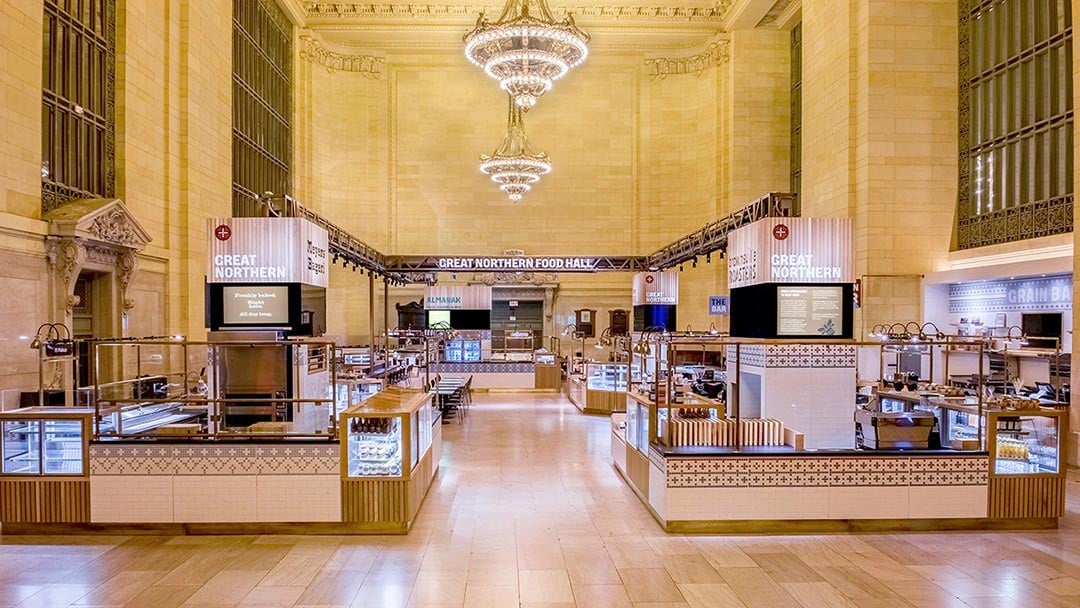
Richlite Paper Composite Panels are an example of a sustainable, antimicrobial material. Richlite is pictured here used as counters and serving areas in Grand Central Station, NYC.
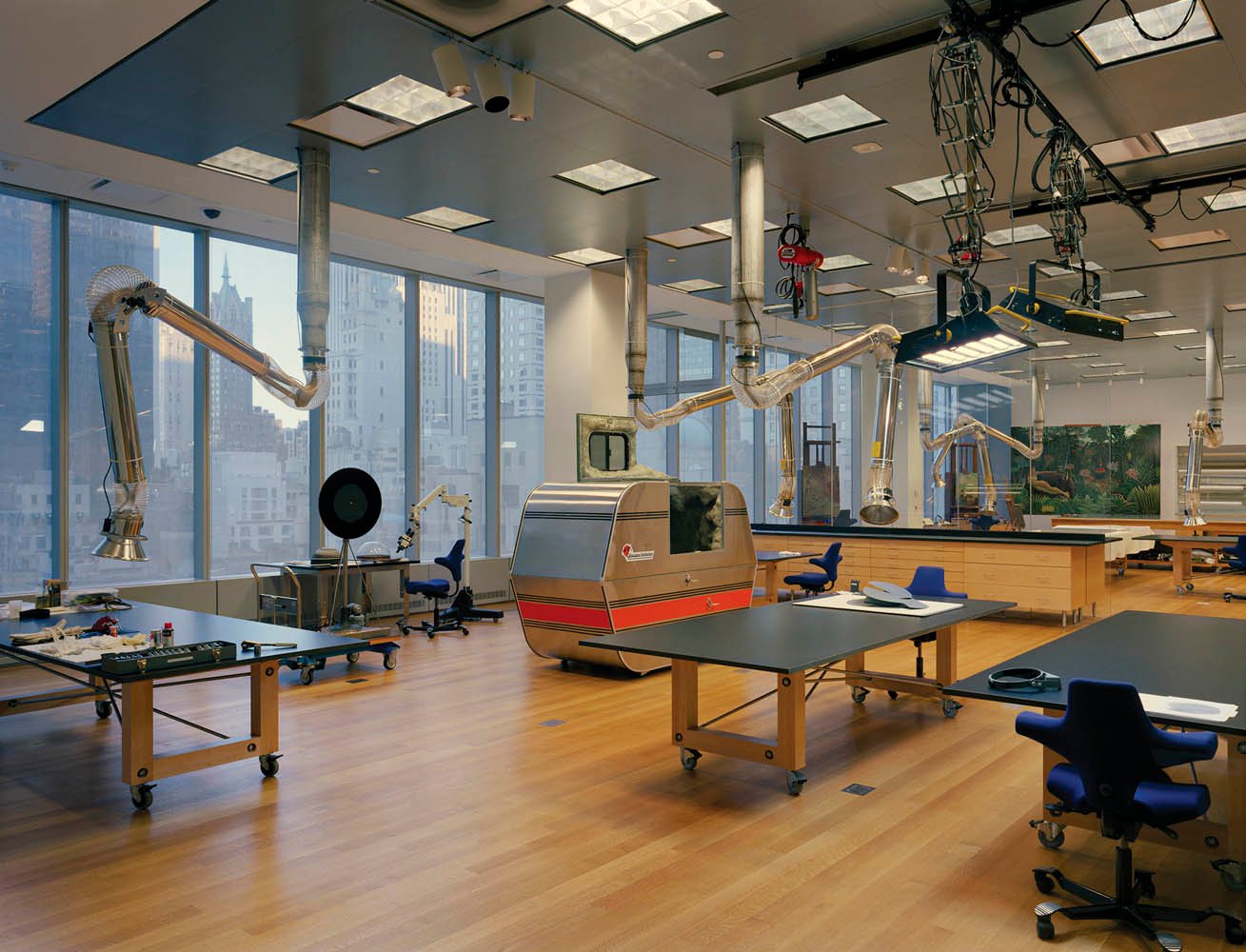
At the MoMA Art Conservation Labs in NYC, Richlite is used for counters and work surfaces. In this environment, Richlite’s antimicrobial properties help prevent damage to priceless art.
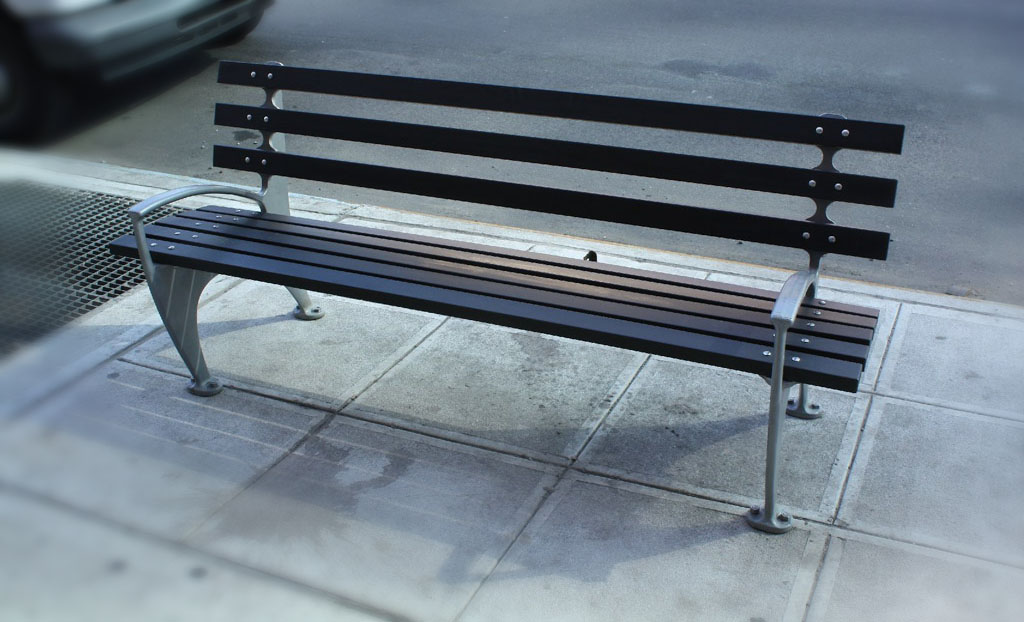
In NYC, park benches with 1.25” Richlite slats can be found in various locations throughout the city. Richlite is great for exterior use and fights microorganisms even outdoors.
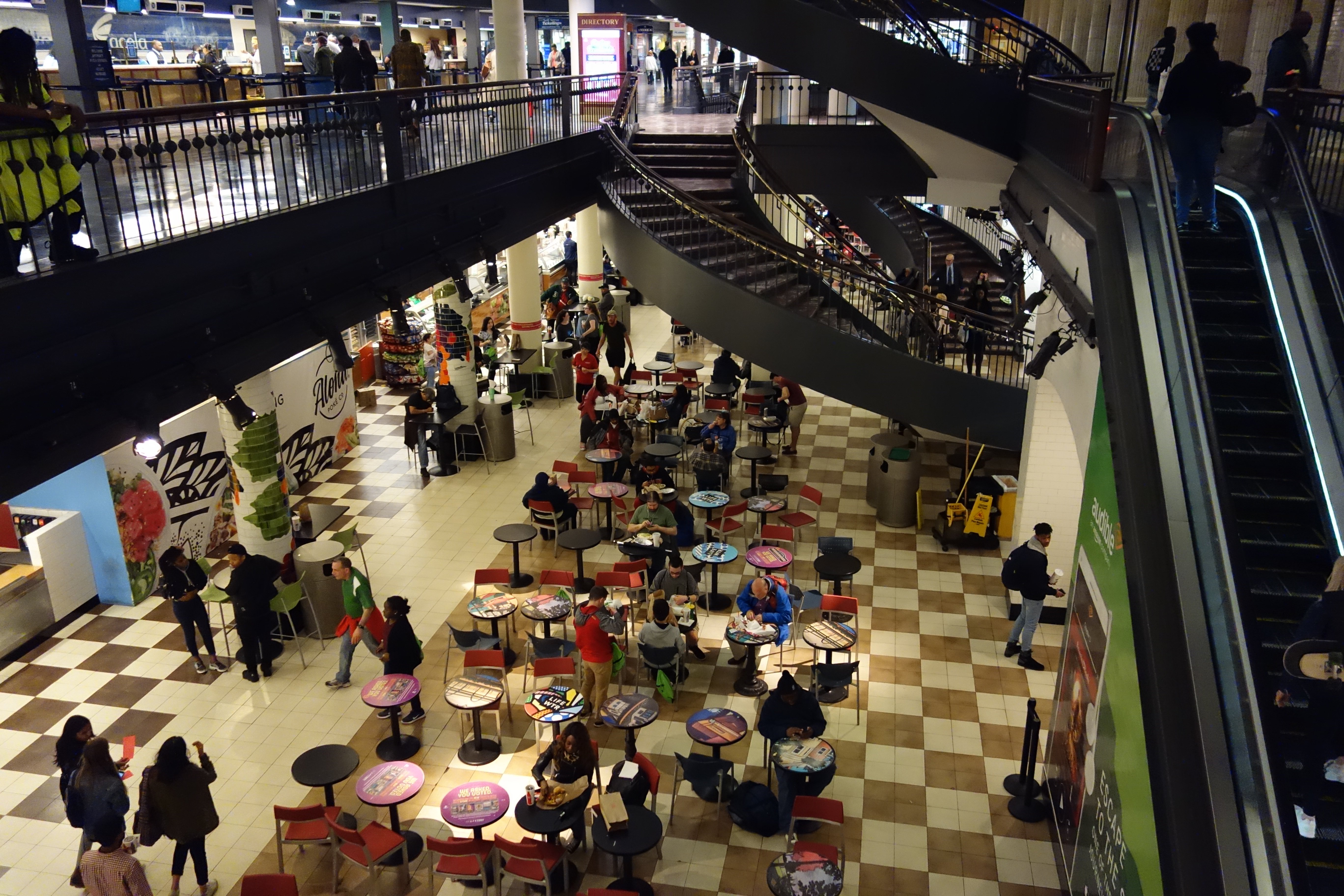
Richlite can be incorporated into numerous other architectural and service elements, both commercial and residential.
Richlite is also:
- FSC® Certified
- Greenguard Certified
- Class A Fire Rated
- NSF Certified
- Durable/Scratch Resistant
- Naturally Warm
- Milled with Standard Tools
- Available for LEED® Credits
- Made in the USA
Tekstur Protective Architectural Panels
Most Tekstur Paper Composite Panels are made from Richlite and carry all of its antimicrobial properties.
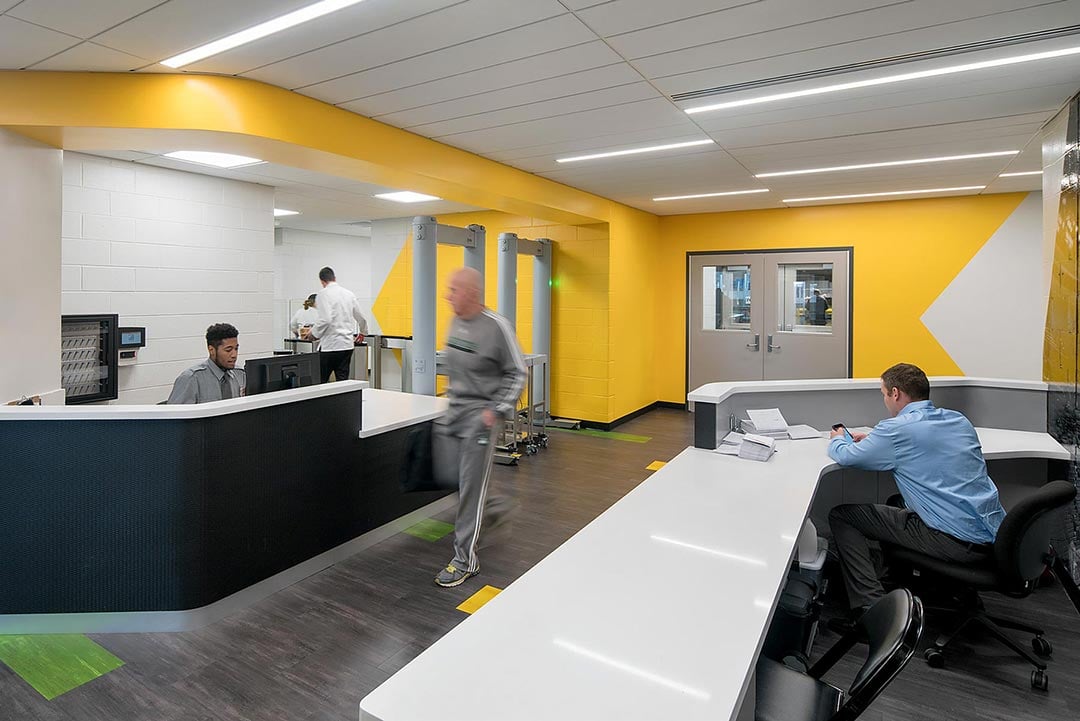
Tekstur D1 is pictured here used for the front surface of these reception desks at TD Garden (home of the Bruins & Celtics) in Boston, MA.
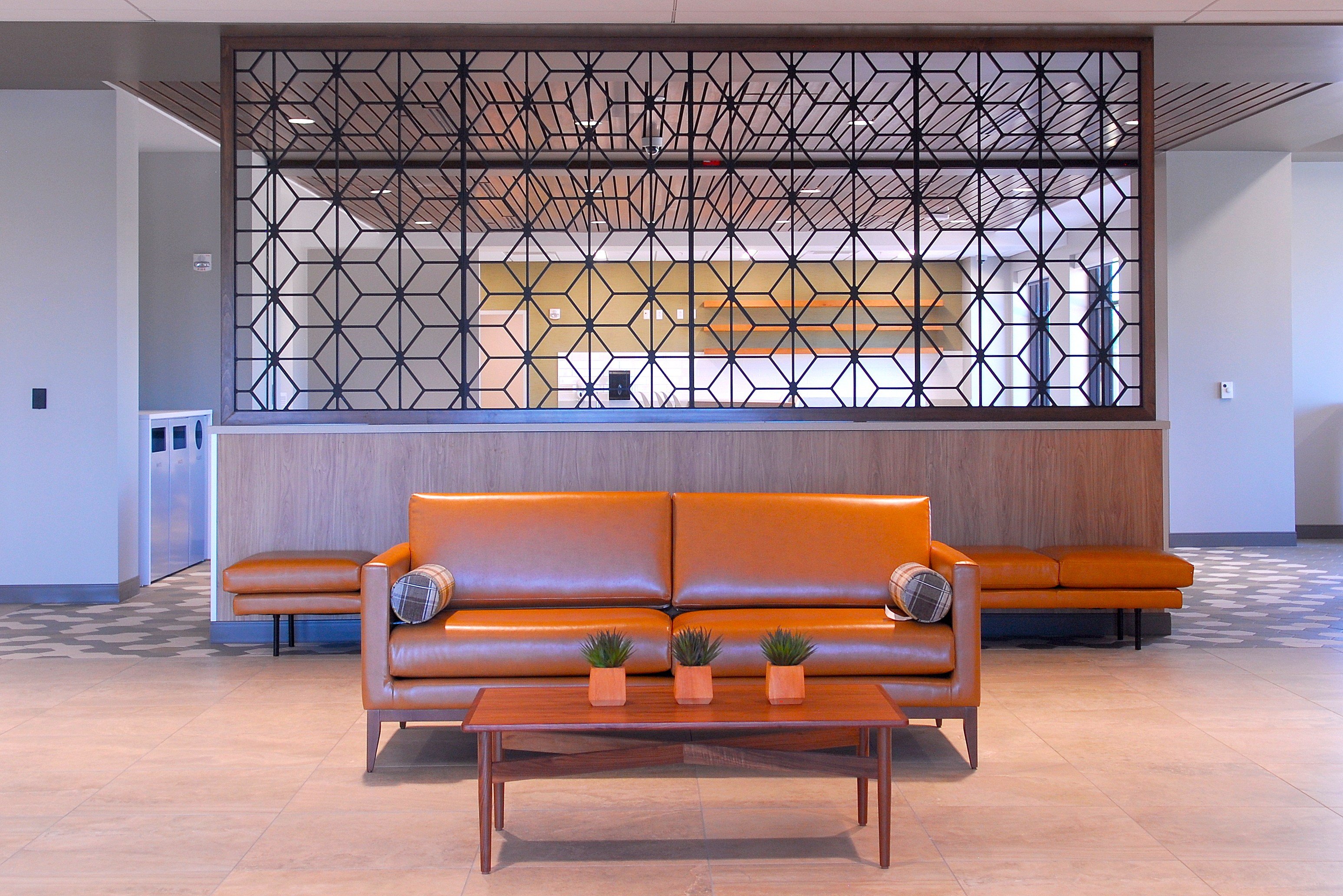
These Tekstur perforated screens at Williamson Medical Center in Franklin, TN are made from 1” thick Richlite.
Informational Slides